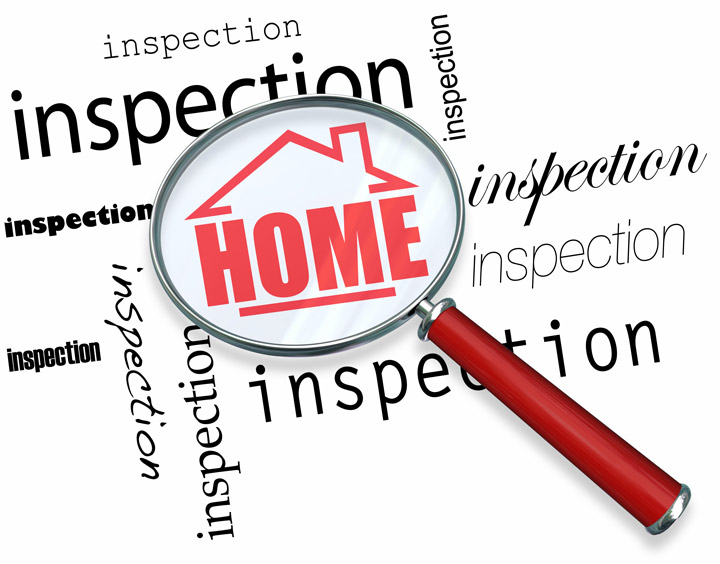
What Are the Parts of an Appraisal?Purchasing a house can be the most important financial decision many will ever encounter. It doesn't matter if a primary residence, a seasonal vacation property or a rental fixer upper, the purchase of real property is an involved financial transaction that requires multiple parties to see it through. Practically all the participants are very familiar. The real estate agent is the most familiar entity in the exchange. Next, the lender provides the financial capital needed to finance the deal. And ensuring all areas of the sale are completed and that the title is clear to transfer from the seller to the buyer is the title company. So, who's responsible for making sure the real estate is worth the purchase price? This is where you meet the appraiser. We provide an unbiased opinion of what a buyer might expect to pay — or a seller receive — for a property, where both buyer and seller are informed parties. A licensed, certified, professional appraiser from Appraisal Net will ensure, you as an interested party, are informed. The inspection is where an appraisal beginsTo ascertain the true status of the property, it's our duty to first perform a thorough inspection. We must actually see features, such as the number of bedrooms and bathrooms, the location, and so on, to ensure they truly exist and are in the condition a reasonable buyer would expect them to be. To ensure the stated square footage is accurate and document the layout of the home, the inspection often entails creating a sketch of the floorplan. Most importantly, we look for any obvious features - or defects - that would affect the value of the property. Back at the office, an appraiser uses two or three approaches to determining the value of real property: sales comparison and, in the case of a rental property, an income approach. 
Cost ApproachHere, we gather information on local building costs, the cost of labor and other elements to determine how much it would cost to construct a property comparable to the one being appraised. This estimate usually sets the maximum on what a property would sell for. The cost approach is also the least used predictor of value. 
Paired Sales AnalysisAppraisers get to know the neighborhoods in which they appraise. They innately understand the value of certain features to the people of that area. Then, the appraiser looks up recent sales in close proximity to the subject and finds properties which are 'comparable' to the subject being appraised. By assigning a dollar value to certain items such as upgraded appliances, additional bathrooms, additional living area, quality of construction, lot size, we adjust the comparable properties so that they are more accurately in line with the features of subject.
Once all necessary adjustments have been made, the appraiser reconciles the adjusted sales prices of all the comps and then derives an opinion of what the subject could sell for. At Appraisal Net, we are an authority in knowing the value of real estate features in Woodway and McLennan County neighborhoods. The sales comparison approach to value is most often given the most importance when an appraisal is for a real estate purchase. Valuation Using the Income ApproachA third way of valuing approach to value is sometimes applied when a neighborhood has a measurable number of rental properties. In this situation, the amount of revenue the property yields is factored in with other rents in the area for comparable properties to derive the current value. The Bottom LineCombining information from all approaches, the appraiser is then ready to put down an estimated market value for the property in question. The estimate of value on the appraisal report is not always what's being paid for the property even though it is likely the best indication of a property's valueDepending on the individual circumstances of the buyer or seller, their level of urgency or a buyer's desire for that exact property, the closing price of a home can always be driven up or down.Regardless, the appraised value is often used as a guideline for lenders who don't want to loan a buyer more money than they could recover in the event they had to put the property on the market again. Here's what it all boils down to, an appraiser from Appraisal Net will guarantee you attain the most fair and balanced property value, so you can make wise real estate decisions. |